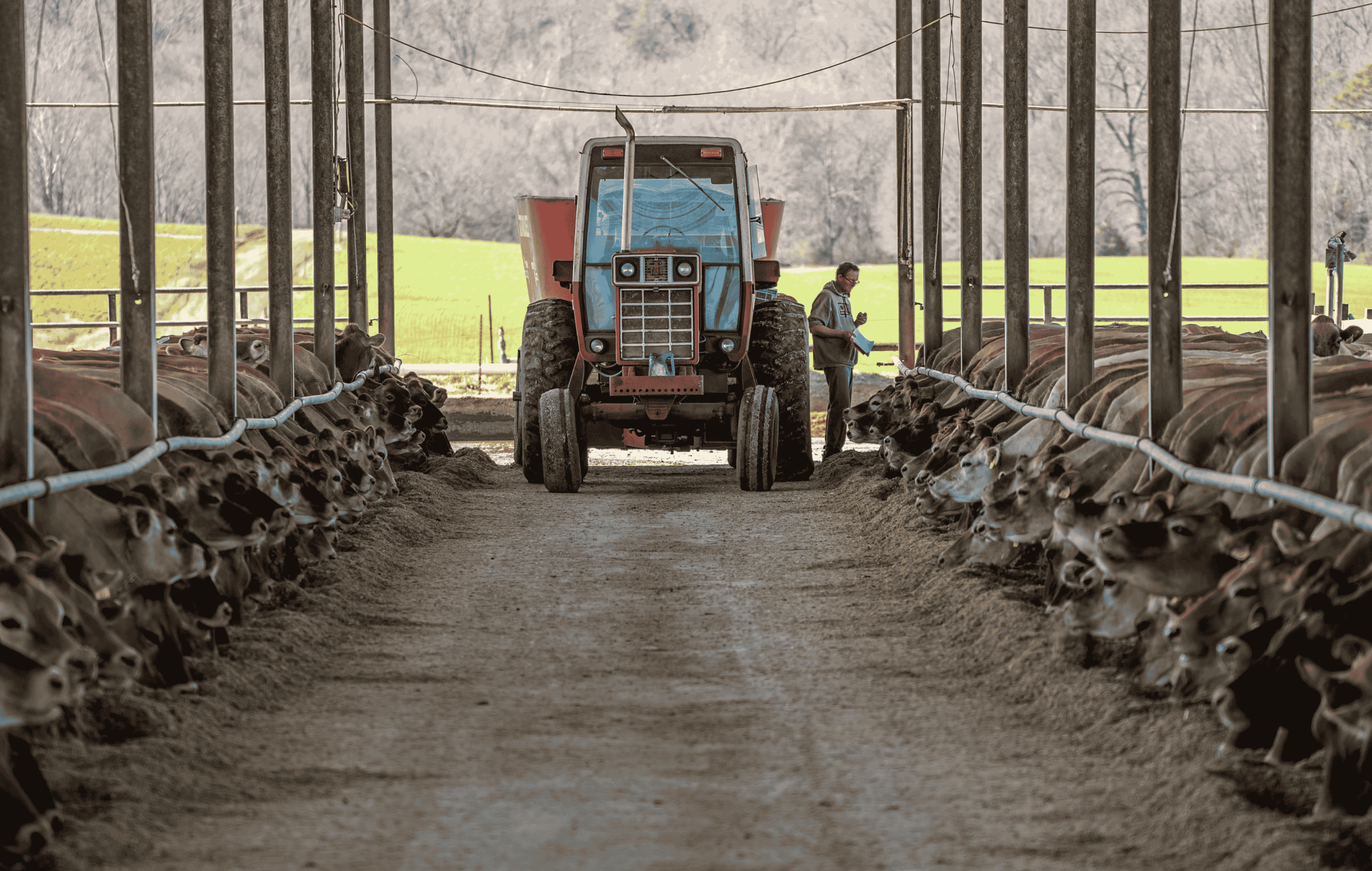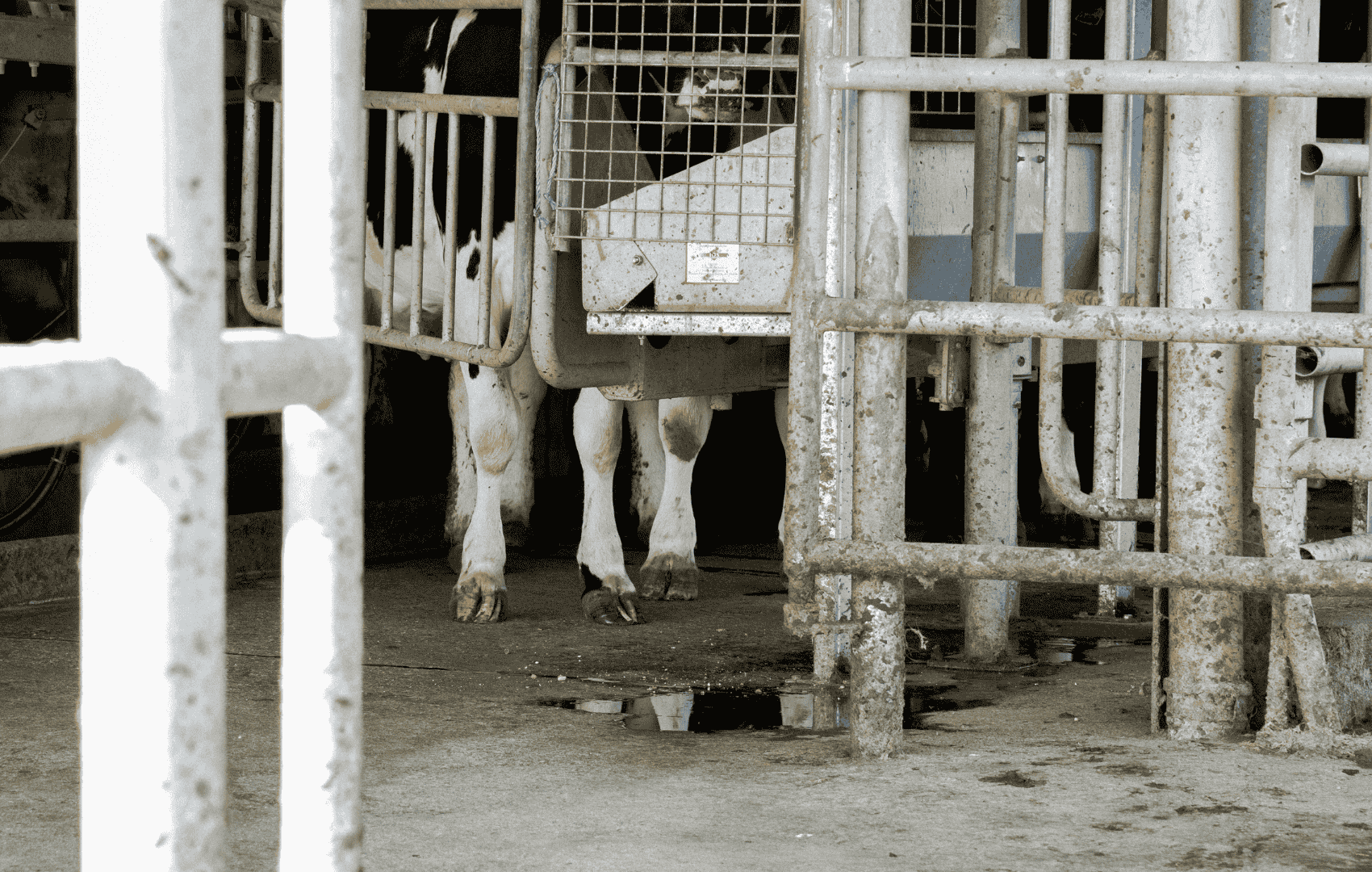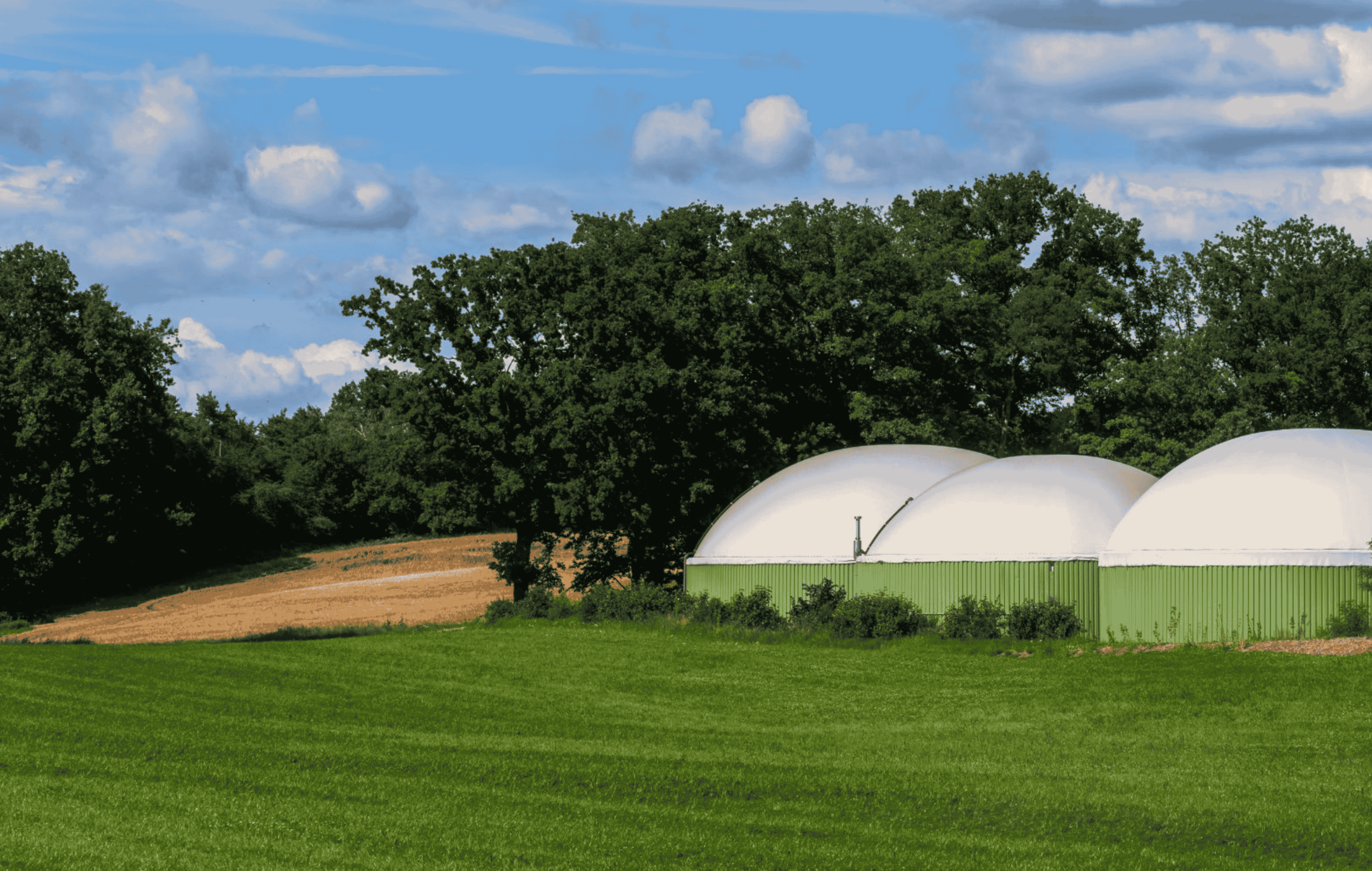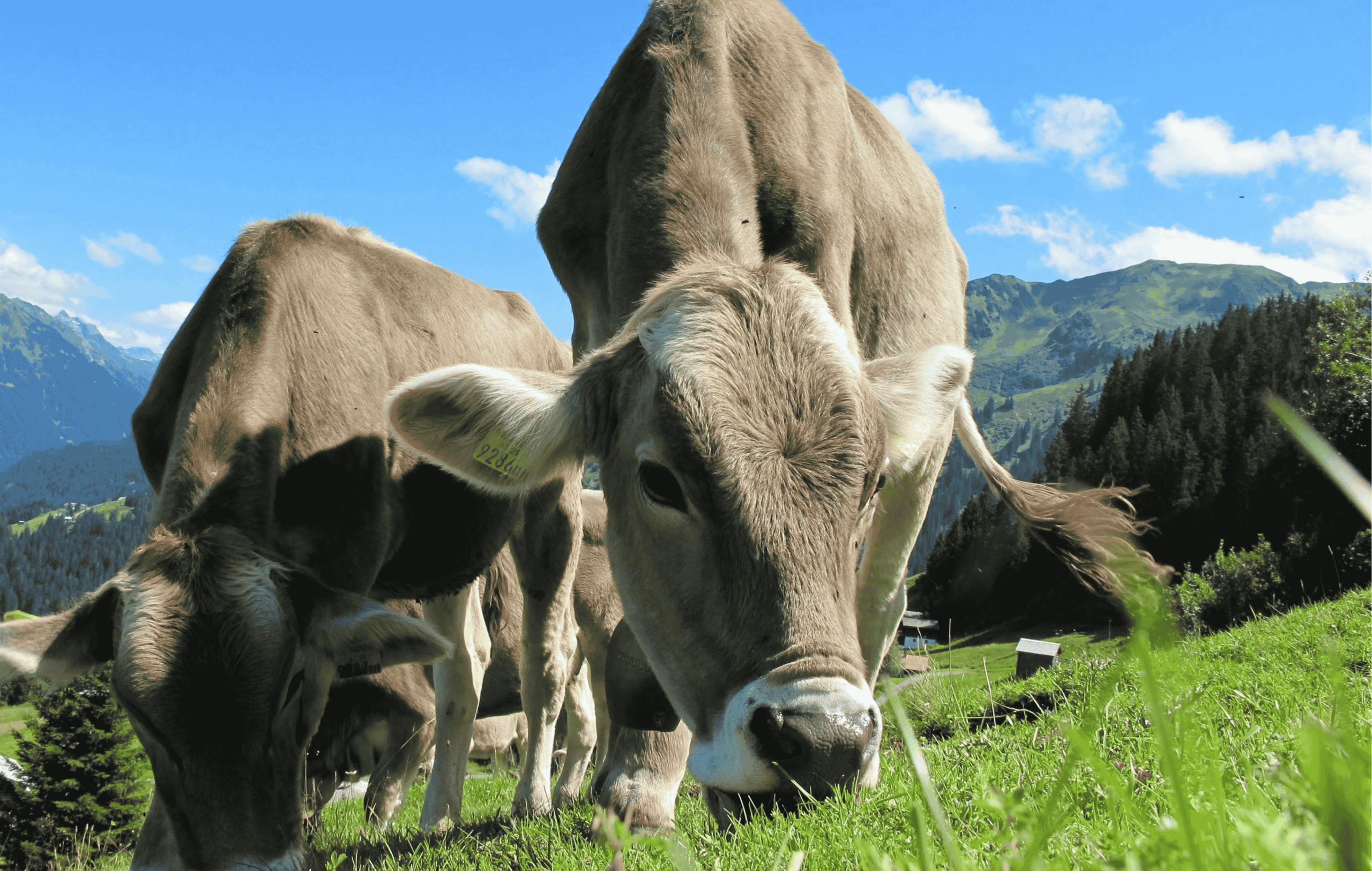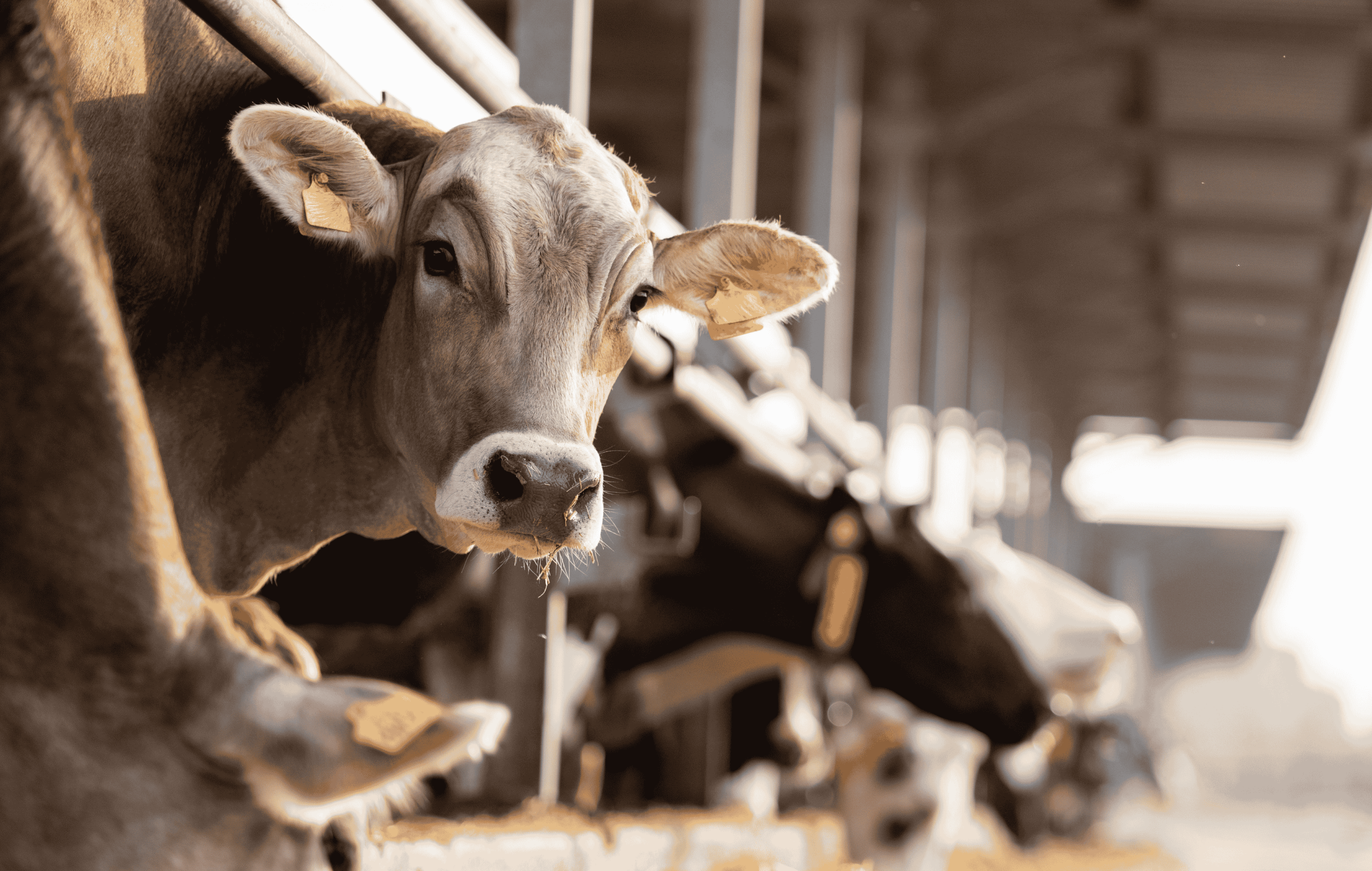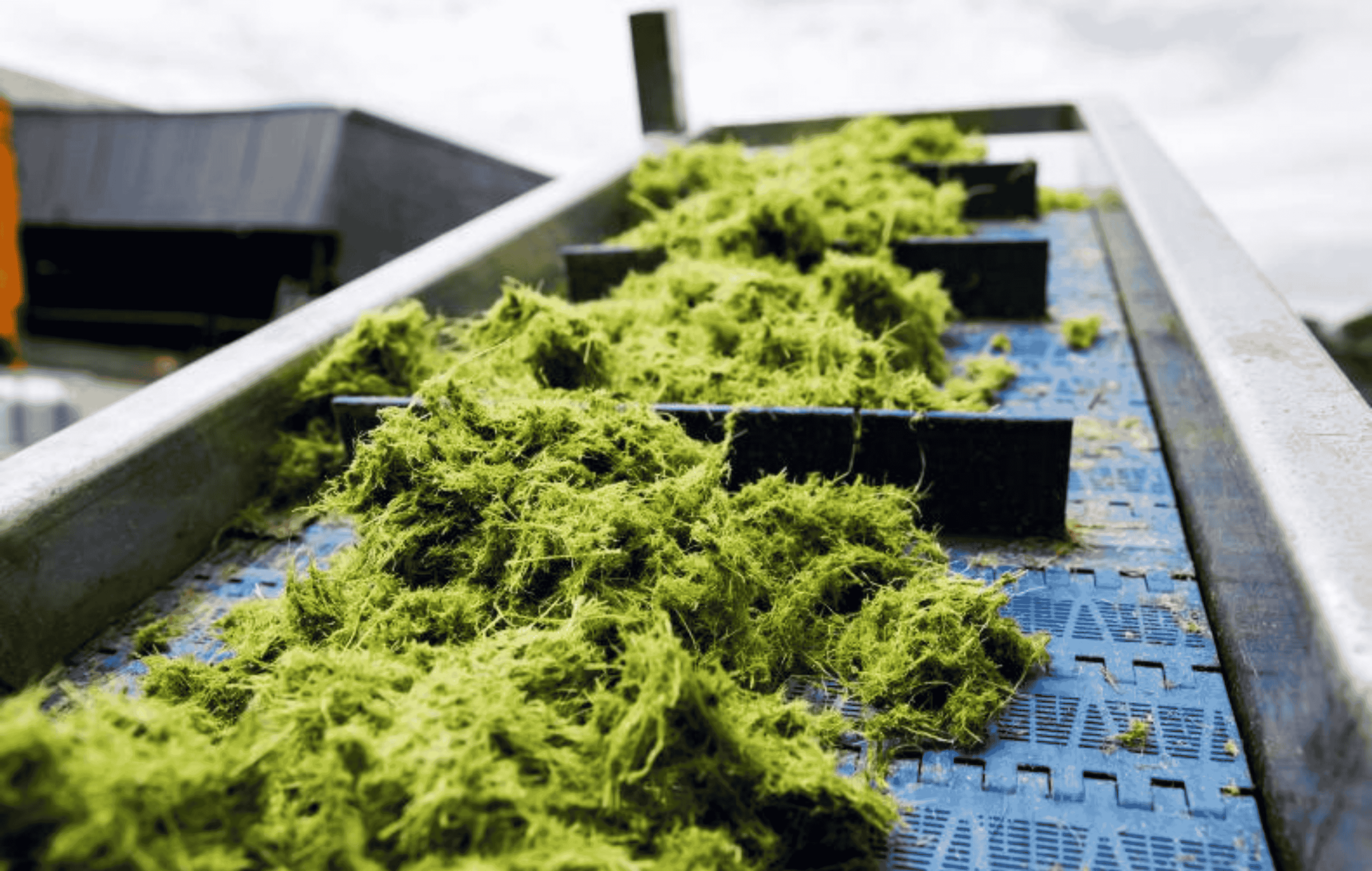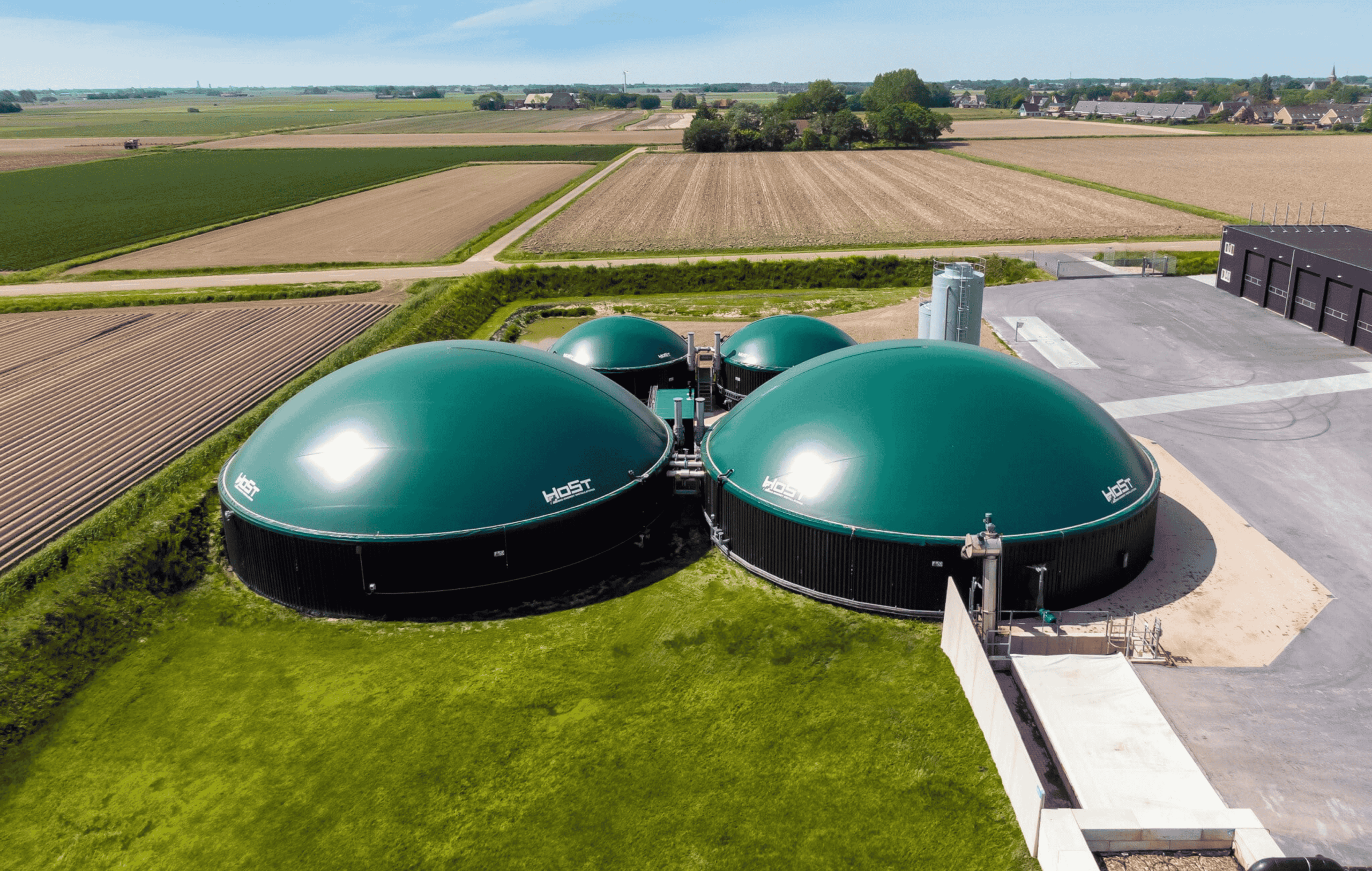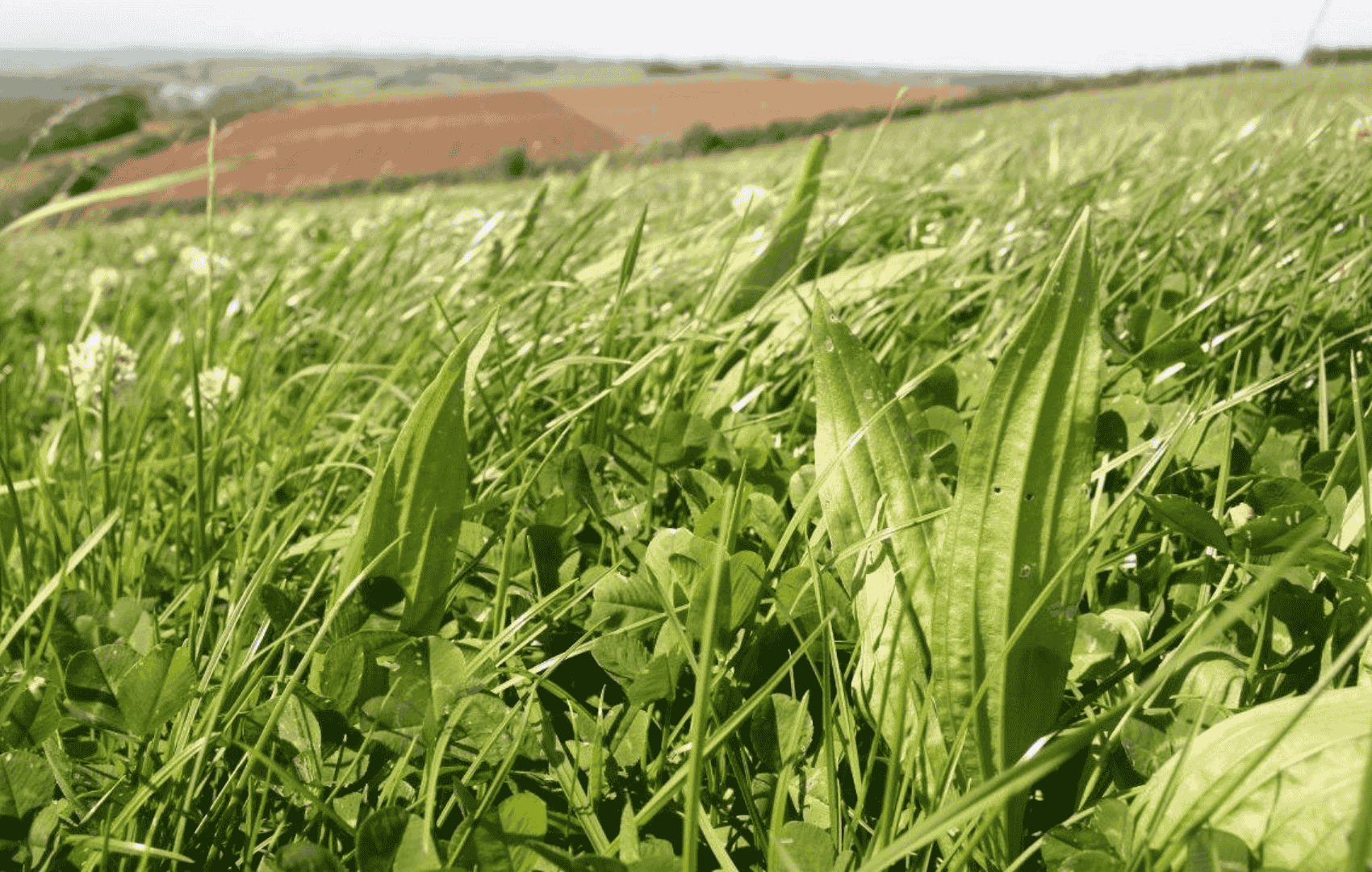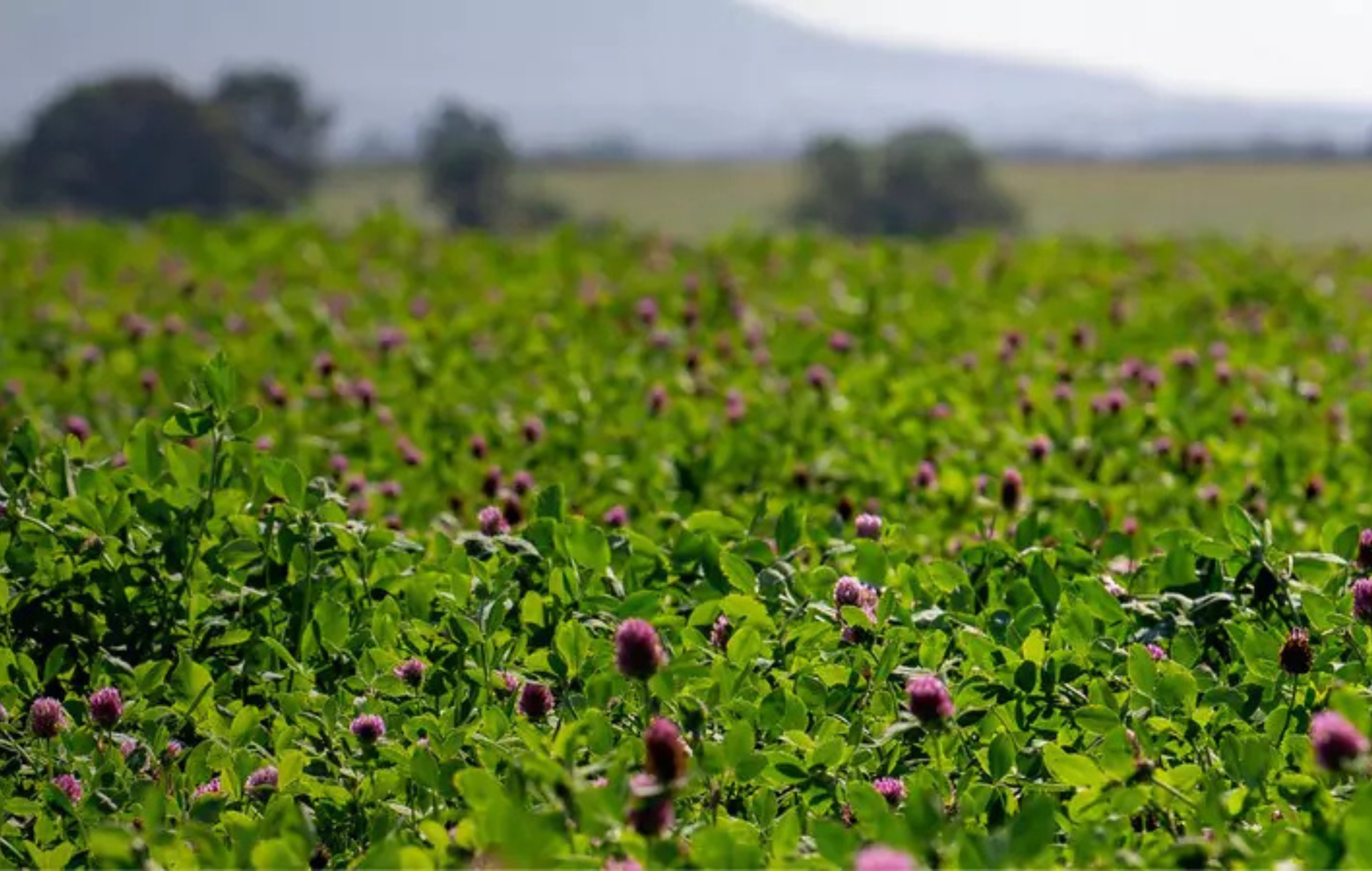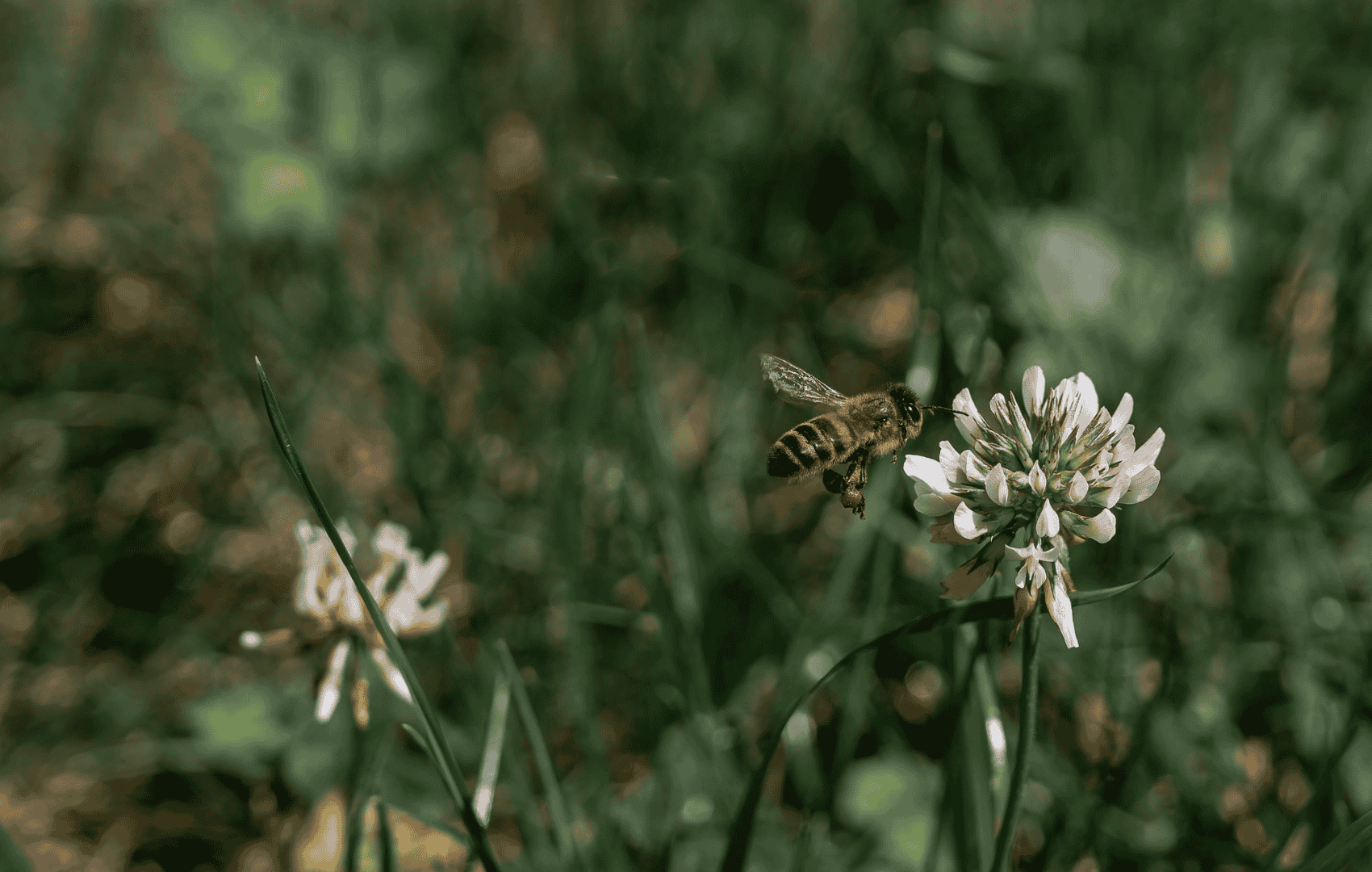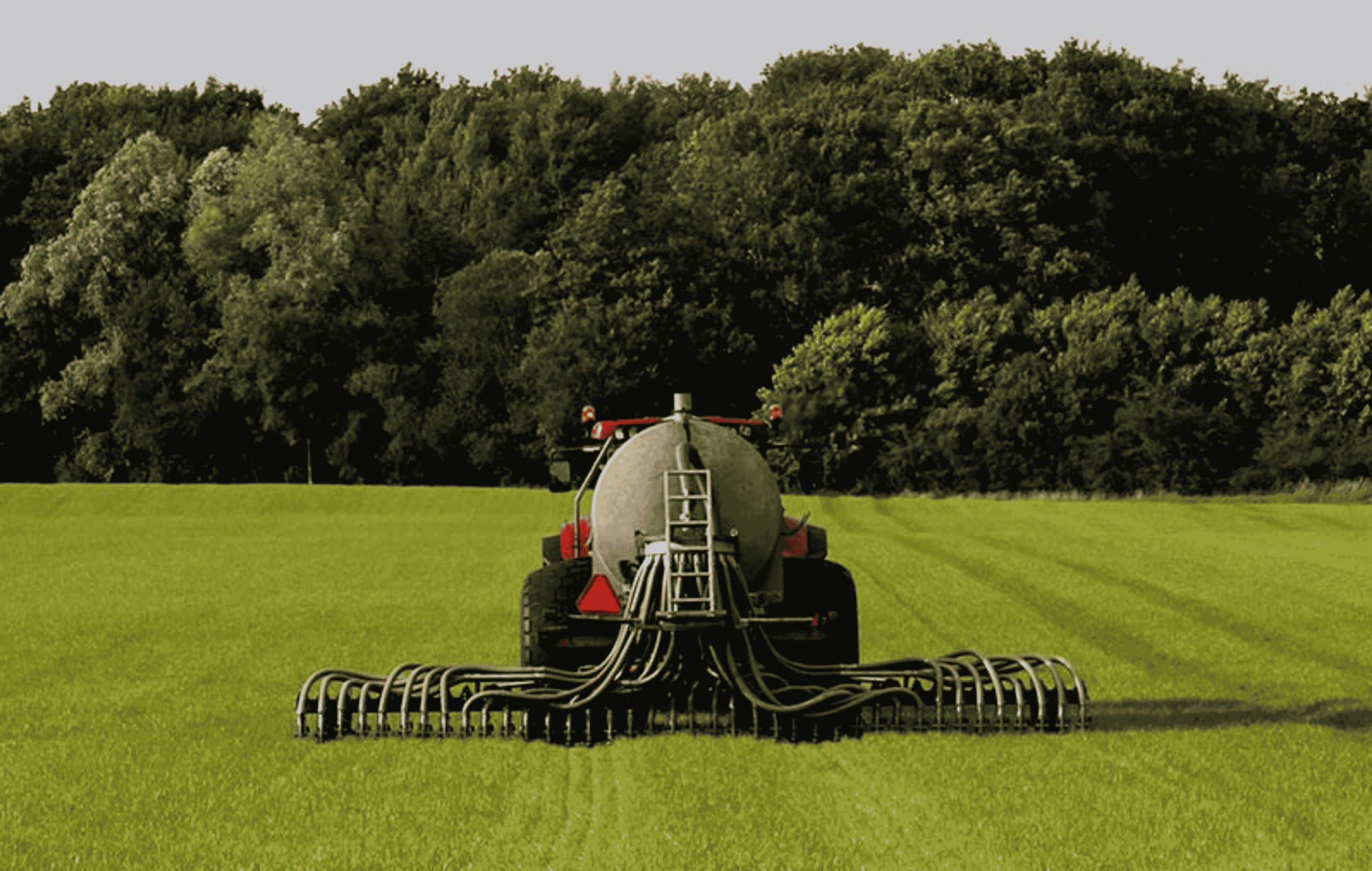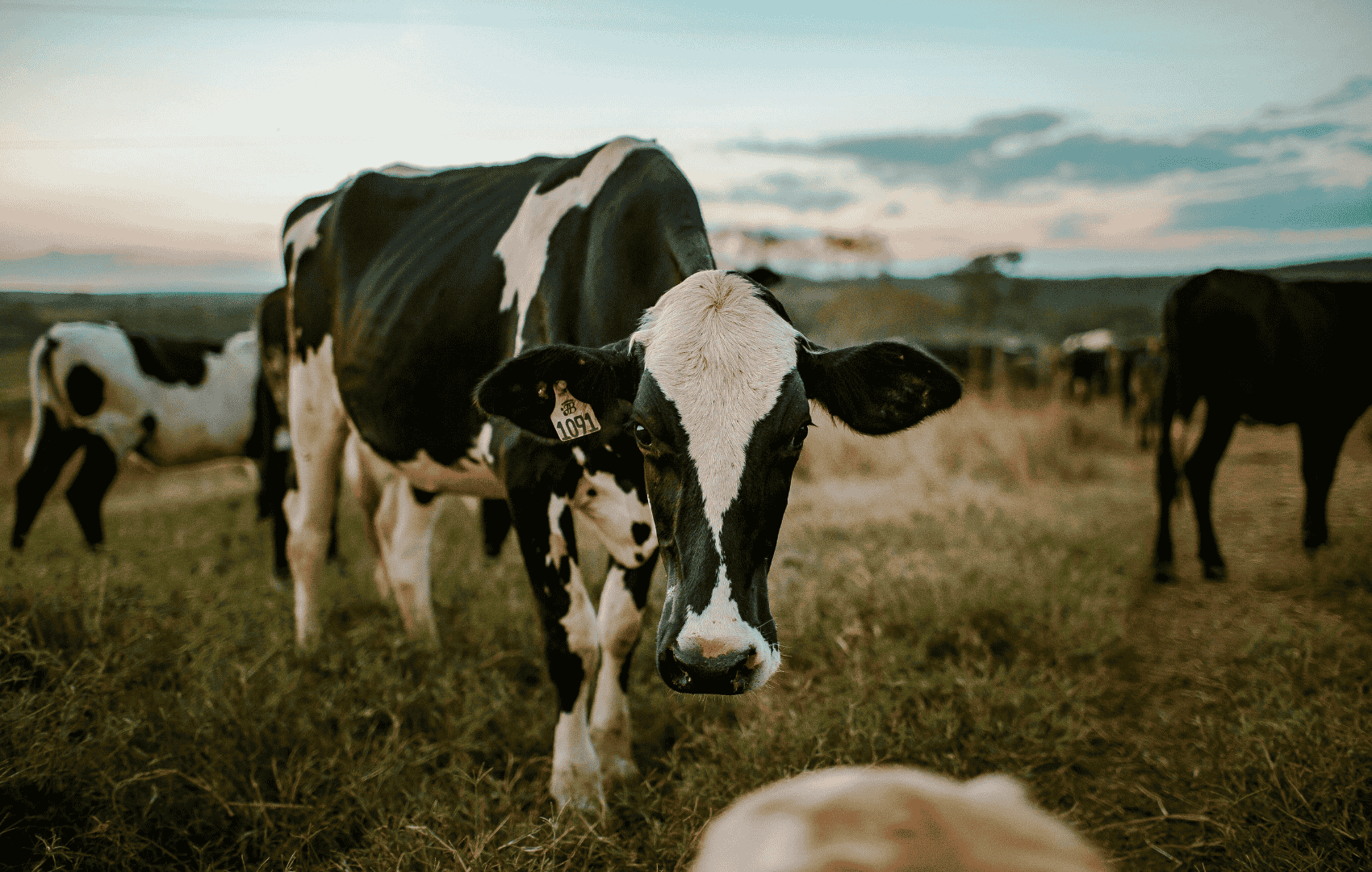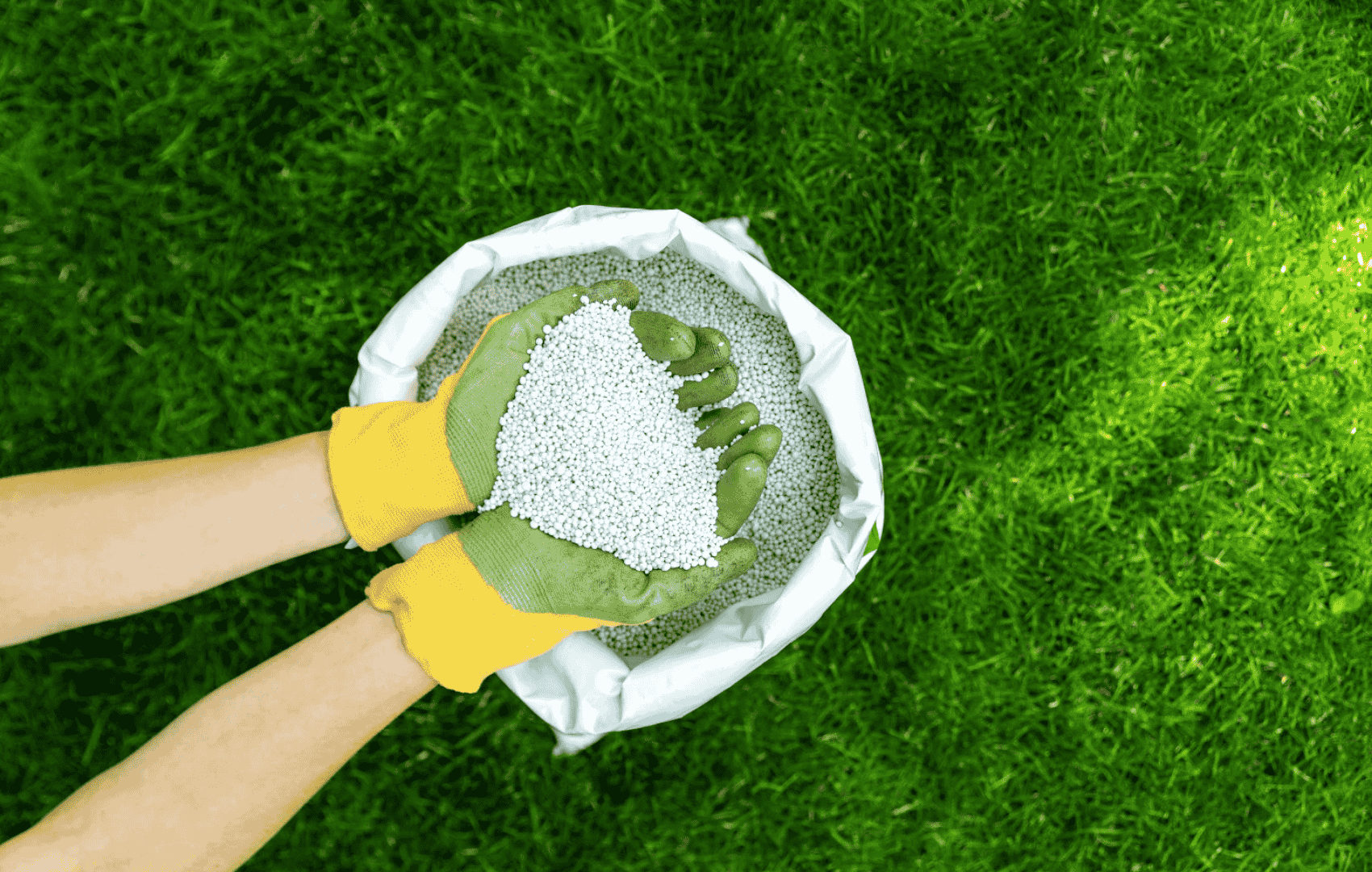White Clover Silage
Grass-only swards need synthetic nitrogen to thrive.
White clover fixes its own nitrogen, cutting fertiliser use and lowering emissions.
The Climate Issue
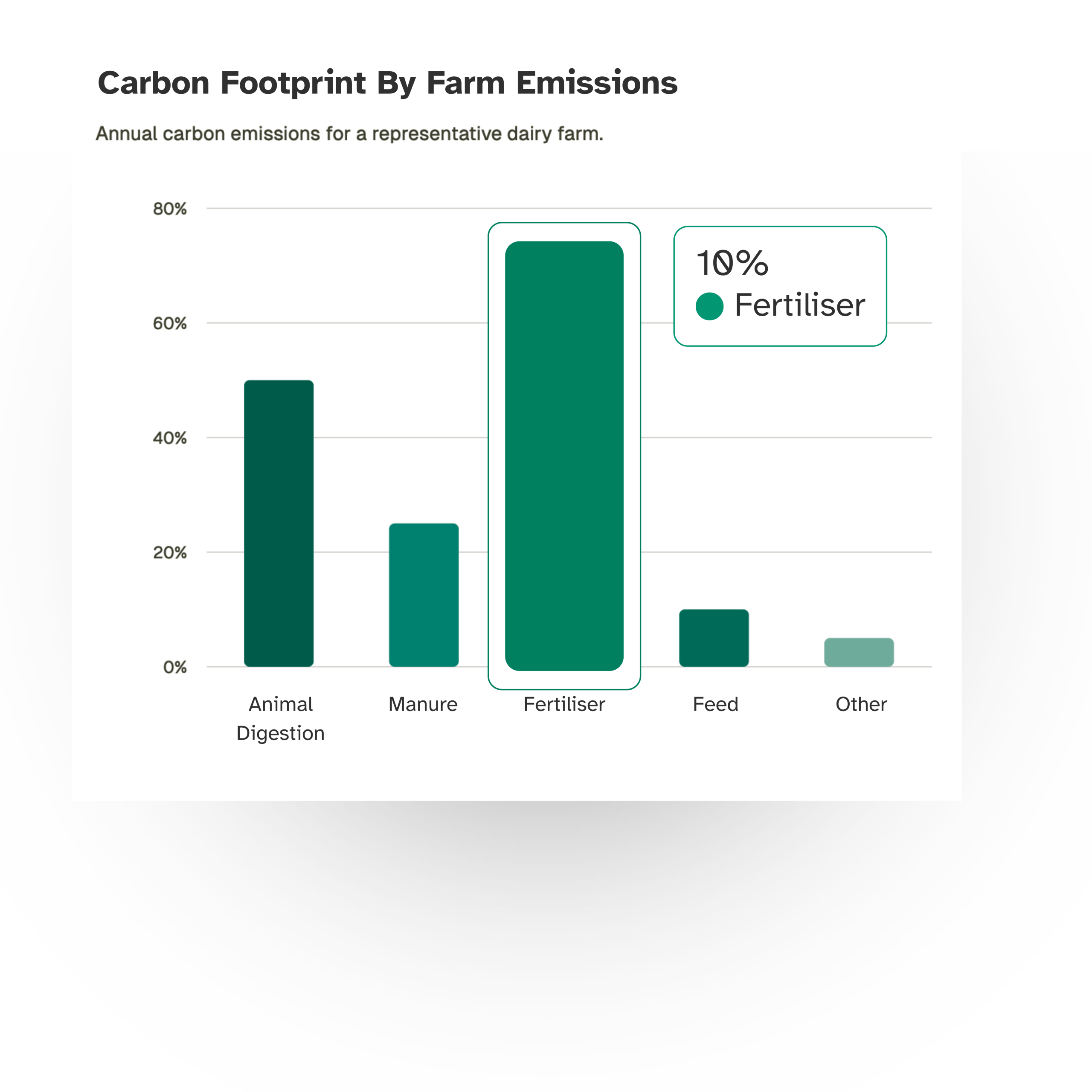
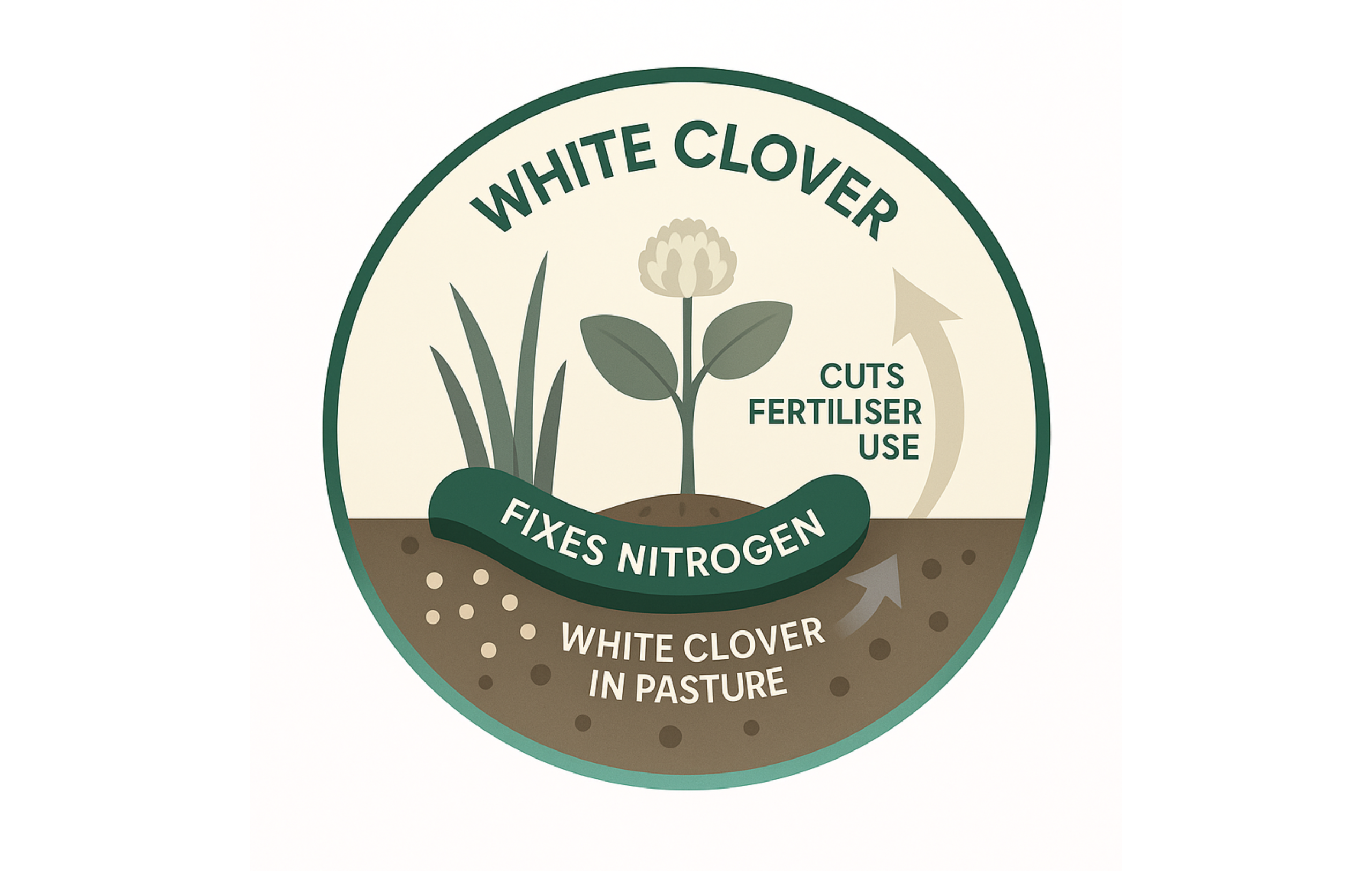
The Solution: White Clover
Key Benefits when sowing White Clover
Cut Emissions
Less fertiliser means fewer emissions. Clover-based swards reduce both direct N₂O emissions and indirect ammonia losses from spreading.
Save on Fertiliser
Replacing 100 kg of synthetic nitrogen saves up to €90/ha. These savings repeat every year once clover is established and managed correctly.
Performance
Clover has higher digestibility and protein content than ryegrass alone. That supports milk solids and improves feed intake in grazing herds.
Impact of sowing White Clover
- Cut synthetic nitrogen use by 80–100 kg/ha
- Lower GHG emissions by 5–8 %
- Improve milk solids per hectare
- Save €80–€100/ha in fertiliser costs
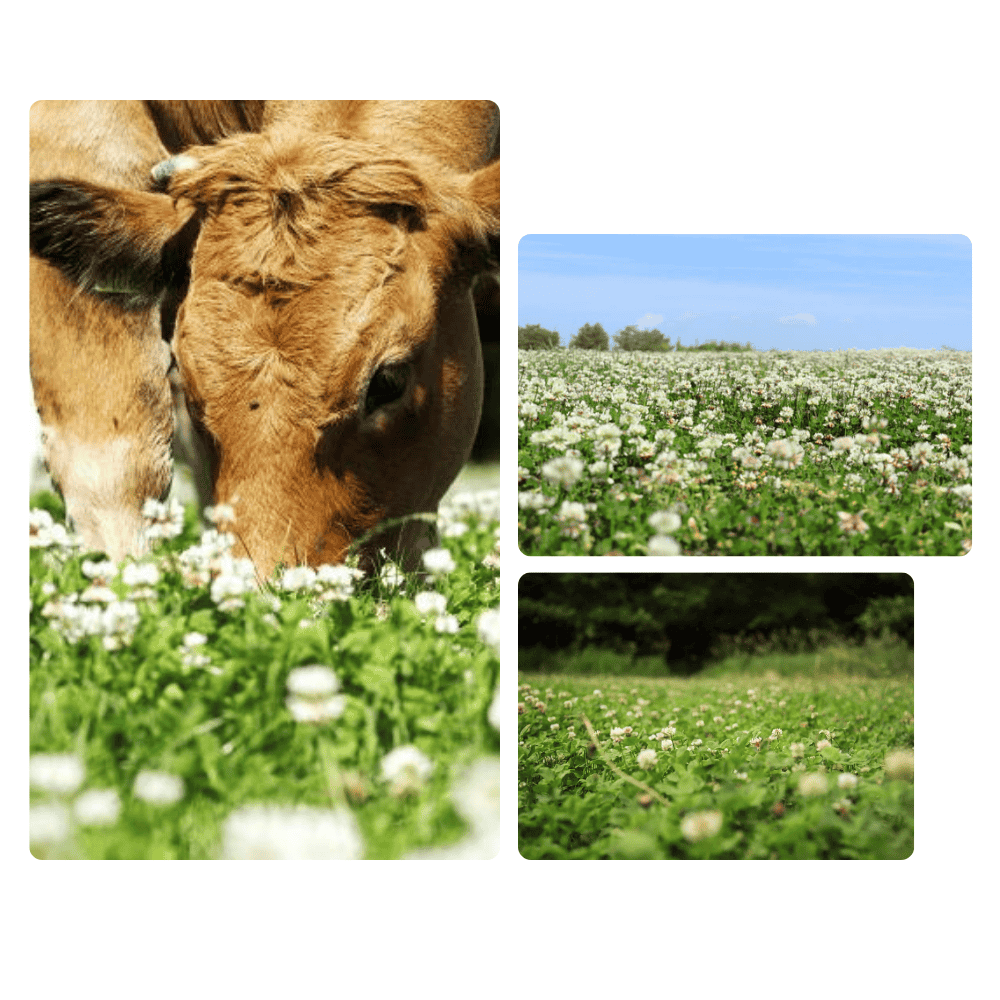
|
Scenario
|
Clover in Sward %
|
Fertiliser Savings / 50 ha
|
GHG Emissions
|
% GHG Reduction
|
|---|---|---|---|---|
|
0% of platform |
0% |
- |
0.960 kg CO₂-eq/kg milk |
0% kg CO₂-eq/kg milk |
|
50% of platform |
20-25% |
€2,250 |
0.918 kg CO₂-eq/kg milk |
4.4% kg CO₂-eq/kg milk |
|
100% of platform |
25-30% |
€4,500 |
0.885 kg CO₂-eq/kg milk |
7.8% kg CO₂-eq/kg milk |
Considerations
Establishing
Clover needs time and care to establish. Overseeding works well on existing swards but needs good soil fertility, light grazing, and no clover-suppressing sprays.
Grazing Practice
Frequent, light grazing helps clover persist. Heavy covers or long intervals between grazing can reduce clover content over time.
Nutrient Balance
Clover reduces the need for nitrogen but doesn’t supply phosphorus or potassium. Balanced fertiliser planning is still essential to minimize health complications through bloating.
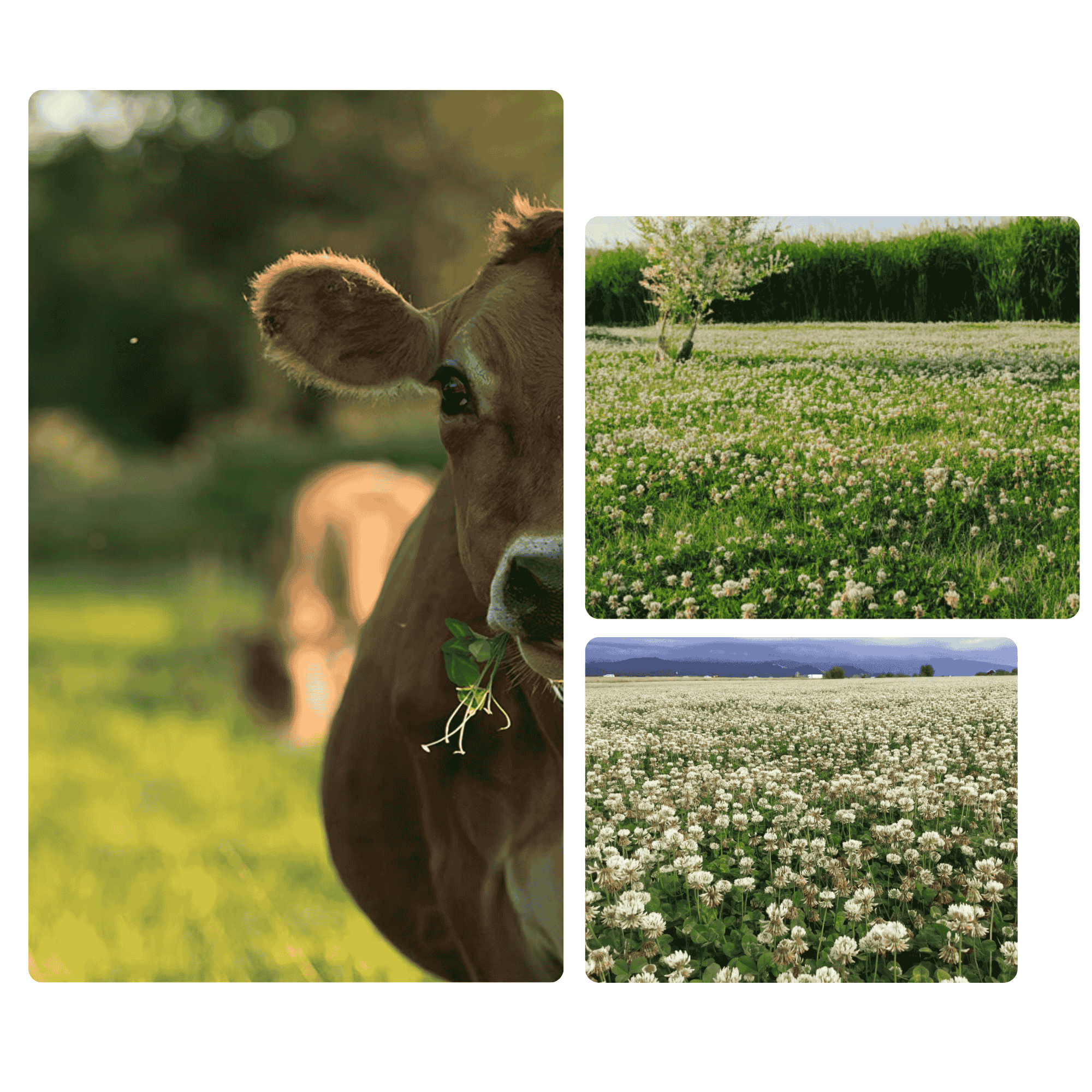
Implementation
1. Test and prepare soils. Ensure good pH (6.3+), P and K indexes. Lime and correct nutrient imbalances before seeding.
2. Overseed in spring or autumn. Choose a proven white clover variety. Graze tightly before sowing and again post-germination to reduce grass competition.
3. Adapt nitrogen plan. Cut synthetic N once clover is established-typically by 70-100 kg N/ha. Use protected urea where fertiliser is still needed.
Behind the Research
ODOS Tech was founded by Cian White and Alejandro Vergara, two sustainability specialists with deep expertise in agricultural climate action.
Alejandro (left), a PhD in environmental engineering from University College Dublin, helps farmers measure their carbon footprint and implement mitigation strategies to reduce their impact. Cian (right), a researcher at Trinity College Dublin with a PhD in ecology, works on restoring nature to increase biodiversity on farms using satellite imagery to monitor habitats.
Together, they helped lead the carbon and nature-based work for the Farm Zero C project at Shinagh Farm, one of Europe’s first net-zero dairy pilots. In 2020, they launched ODOS, a platform that built smart, science-based tools to help agri-food businesses protect the environment and restore nature.

Research
Teagasc Moorepark Clover Trials
Teagasc research over multiple years shows that white clover swards can match or exceed grass-only yields with 100 kg less nitrogen per hectare. Milk solids and pasture quality also improve.
Farm Zero C at Shinagh
Shinagh Farm added clover to key paddocks and reduced N input by 70 kg/ha without hurting yield. Summer pasture growth and milk performance remained strong.
EU Green Deal & CAP
White clover fits with climate and biodiversity goals under the EU Green Deal. CAP now supports its adoption as part of eco-scheme and nutrient management plans across member states.
Discover other Strategies
Slurry Acidification
Slurry acidification reduces fertiliser demand and cuts emissions by up to 5% during storage and spreading.
Slurry Treatment
Treating slurry with hydrogen peroxide cuts emissions by up to 4% and reduce methane by up to 80% during storage.
Slurry Cover
Covering slurry stores cuts emissions by up to 5% and saves €3,600 over 50 hectares per year by reducing synthetic fertiliser use.
Extending Grazing Season
Extending the grazing season cuts emissions by up to 2.7% and boosts milk revenue by nearly €3,000 per farm.
Antimethanogenic Feed Additives
Antimethanogenic feed additives cut methane emissions by up to 28% and cost €6975 per 93 cows annually.
Grass Biorefinery
Grass biorefineries replace soy protein, save €3,000 in feed costs, and cut emissions by 8.9%.
Anaerobic Digestion
Sending slurry to anaerobic digestion can cut emissions by up to 9.4% and generate up to 400 MWh of energy per year.
Multispecies Swards
Switching to multispecies swards cuts emissions by up to 8.8% and saves €4,400 in fertiliser across 50 hectares.
Red Clover Silage
Using red clover silage cuts emissions by up to 8.2% and saves €2,000 in fertiliser across 20 hectares.
White Clover Silage
Incorporating white clover silage cuts emissions by up to 7.8% and saves €4,500 in fertiliser costs over 50 hectares.
Low Emission Slurry Spreading
Low-emission slurry spreading cuts ammonia by 60% and saves €45/h in fertiliser costs.
Genetic Selection
Genetic selection for high-EBI cows cuts emissions by up to 6.3% and boosts gains by €7,800 per 100 cows.
Protected Urea
Switching to protected urea cuts fertiliser costs and lowers emissions by up to 5.6% per kg of milk.
Ready to reduce emissions through White Clover?
Talk to our Carbon Footprint & Biodiversity experts on how we can help.

